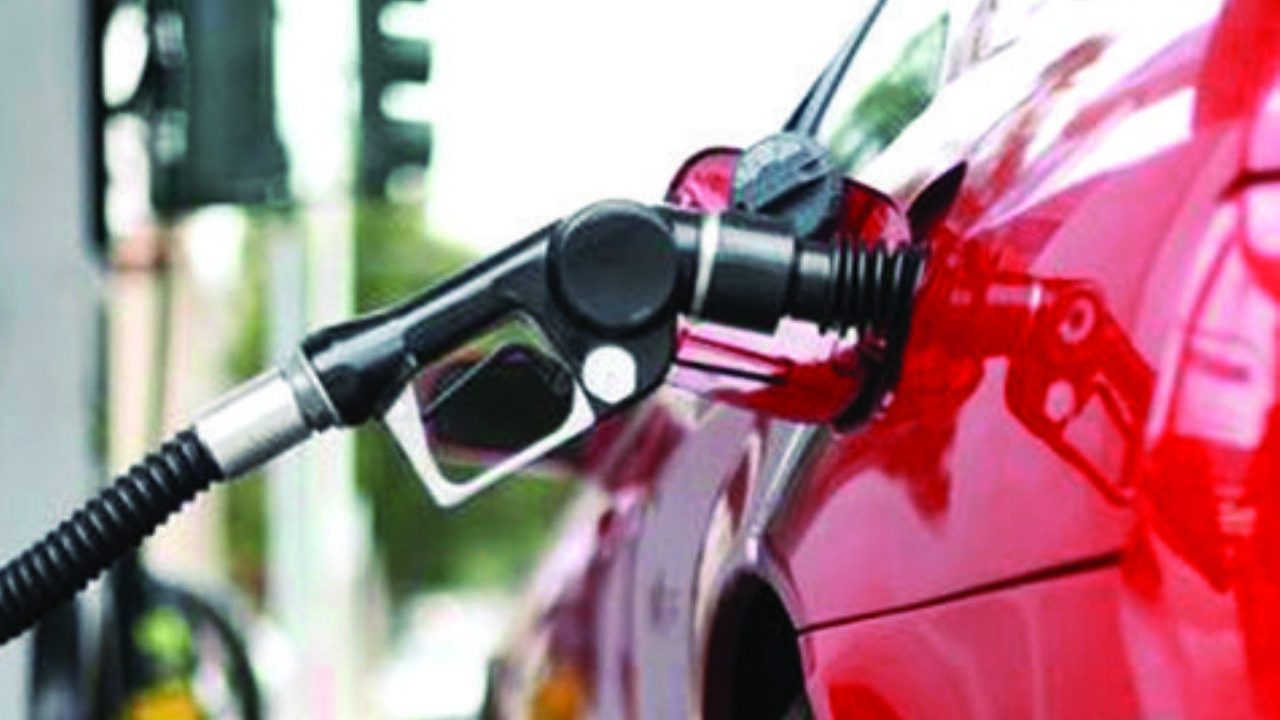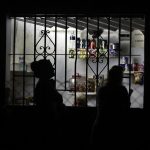Page Seven / La Paz
The deficit due to the lower production and higher demand for gasoline and diesel skyrockets, as does fuel imports and the cost of the subsidy allocated by the Executive Branch.
Official figures from the Bolivian Fiscal Oilfields (YPFB), contained in the Final Public Rendering of Accounts 2021 report, reveal that the production of special gasoline in 2016 was 24,112 barrels per day (BBLD) and marketing reached 28,297 barrels.
This showed that year a deficit of 4,185 barrels that are covered with imports to avoid shortages.
Last year the drop in production reached 14,809 barrels and demand grew to 34,065 barrels, with which the deficit skyrocketed to 19,256 barrels (data to October).
“The increase in the deficit of special gasoline is mainly explained by the increase in demand and the reduction in production, however, its most noticeable effect with annual growth between 2016 and 2019 is 64%”, recognizes YPFB.
In the case of diesel, official data shows that in 2016 production was 15,903 barrels (BBLD) and demand was 31,148 barrels, with a deficit of 25,245 barrels.
Last year production declined to 11,190 barrels and demand soared to 35,293 barrels, causing the deficit to widen to 24,103 barrels. “As a result of the decrease in production and the constant increase in demand, the deficit between 2016 and 2019 has grown at a rate of 15% annual average, which implies that YPFB, in order to guarantee the supply of hydrocarbons to the internal market, In compliance with Law 3058, each year import larger volumes of diesel oil”, underlines the report of the state oil company.
YPFB maintains that the constant growth of the aforementioned deficits causes the continuous increase in the volumes of diesel and supplies and additives, which as of October 2021 implied that an average of 24,254 barrels (BBLD) and 9,196 barrels had to be brought from abroad, respectively. .
Import and subsidy
According to data from the National Institute of Statistics (INE), the import of fuels and lubricants increased by 153.7% as of November 2021.
The value went from 669.1 million dollars in 2020 to 1,697.6 million dollars in 11 months of last year.
The fuel subsidy this year will reach 4,794.6 million bolivianos, an amount higher than the 3,013.4 million that was set in 2021.
The former Secretary of Hydrocarbons of the Santa Cruz Government, José Padilla, said that while production falls, consumption increases due to the growth of the vehicle fleet.
He added that the production of natural gas decreased from 63 million cubic meters per day (MMmcd) to 42 MMmcd since 2014 and that reduces the supply of liquids.
He warned that the greater imports to supply the domestic market cause the outflow of foreign currency. “The consumption of CNG is still not important and more gasoline and diesel are consumed and heavy transport with 1,800 trucks that periodically go to Chile increases consumption. Greater ethanol production should be promoted and gas reserves increased, because otherwise gasoline and diesel will have to continue to be imported,” warned the expert.
The former president of the Central Bank of Bolivia (BCB) Juan Antonio Morales stated in a previous note that the high amount allocated to fuel imports has an effect on the net international reserves (RIN), which must be used to pay the bill.
The Jubilee Foundation warned last year that there are no incentives for production, while the production of gas and liquids decreases and the producing fields decline.
LPG production
- Provision The production of liquefied petroleum gas (LPG) occurs in the field, in refining plants and in liquid separating plants.
- Offer Production in 2018 was 1,499.8 tons, the following year 1,537.5 tons, in 2020 it dropped to 1,415 tons and last year it rose to 1,544.7 tons, according to information from YPFB.
- Option The total production is led by the separation plants, which went from representing 56% in 2016 to 71% in 2021.
- Gas The production of natural gas, which in 2016 was 56.63 million cubic meters per day (MMmcd), last year was 45.09 MMmcd.


















